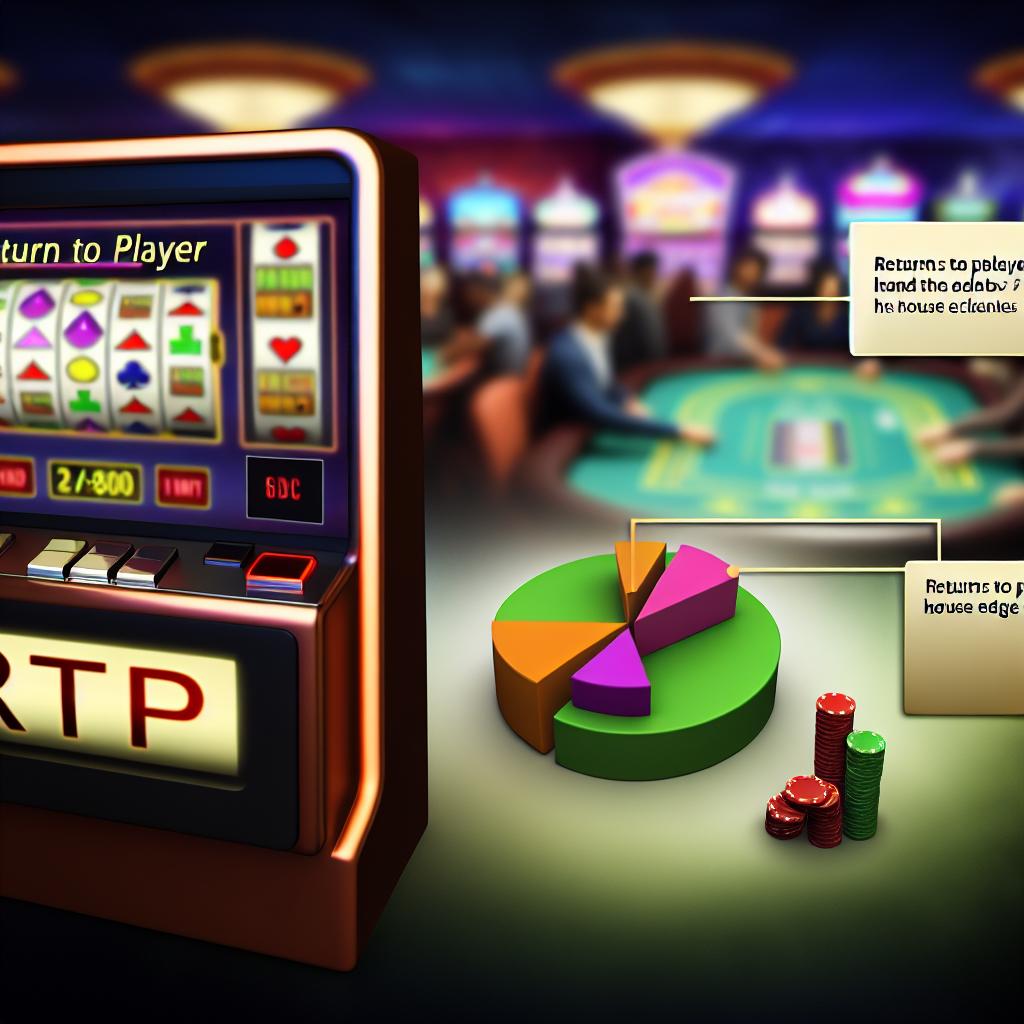Understanding Return to Player (RTP)
Return to Player (RTP) is an essential concept within the gambling and gaming industries. RTP represents the percentage of all wagered money that a gaming machine, such as a slot machine, is designed to return to players over an extended period. Both players and game operators give significant attention to this metric because it provides a glimpse into the potential long-term returns a player might expect from a game.
How RTP is Calculated
The RTP is expressed as a percentage that generally falls within the range of 75% to 98%. To illustrate, if a particular slot machine has an RTP of 95%, this indicates that, on average, the machine will pay back $95 for every $100 wagered over time. However, it is essential to remember that RTP is a statistical measure grounded in prolonged gameplay. Therefore, individual gaming sessions may yield returns that are either higher or lower than the stated RTP.
The Significance of RTP for Players
Understanding the concept of RTP is beneficial for players, as it aids them in making informed choices concerning which games to engage with. A game featuring a higher RTP value generally suggests a higher probability of recovering some of the amount wagered over time. This potential for recouping losses makes such games more attractive to players who wish to extend their entertainment value while mitigating the risk of substantial losses. Though RTP does not promise winnings in the short term, it provides a useful metric for evaluating the expected performance of various games.
Factors Affecting RTP
Several factors can influence a game’s RTP:
- Game Design: The core mechanics and rules inherent in a game can impact its payout ratio, thereby affecting the RTP.
- Regulations: Jurisdictions around the world have distinct criteria regarding the RTP of gambling machines, which contributes to differences in RTP percentages.
- Software Providers: This involves varying RTP configurations offered by different game developers based on their unique algorithms and systematic testing processes.
Why RTP Matters to Operators
For operators, RTP serves as a tool to evaluate the profitability of the games they offer in their portfolio. By selecting games with optimal RTP values, operators can maintain a fine balance between offering a fair gaming experience and retaining the business’s viability. Ensuring that games have appropriate RTP values also helps operators comply with regulatory standards and boosts the casino’s credibility and attractiveness among discerning players.
Balancing RTP and House Edge
While RTP focuses primarily on player returns, the concept of the house edge is equally critical. The house edge reflects the percentage of each wager that the casino can expect to retain as profit. Essentially, it is the inverse of RTP. For instance, a 95% RTP corresponds to a 5% house edge, which represents the casino’s built-in profit margin. Balancing RTP and house edge is vital to offering fair yet enticing games for players while safeguarding the operator’s financial interests.
Further Reading and Resources
If you wish to deepen your understanding of gaming strategies and RTP calculations, numerous online resources, including gaming forums, could prove valuable. Participation in discussions with seasoned players can also yield beneficial tips and recommendations on how to effectively evaluate RTP and select suitable games based on this metric. These engagements foster a deeper comprehension of the gaming environment, allowing enthusiasts to make informed choices in their gambling activities.

